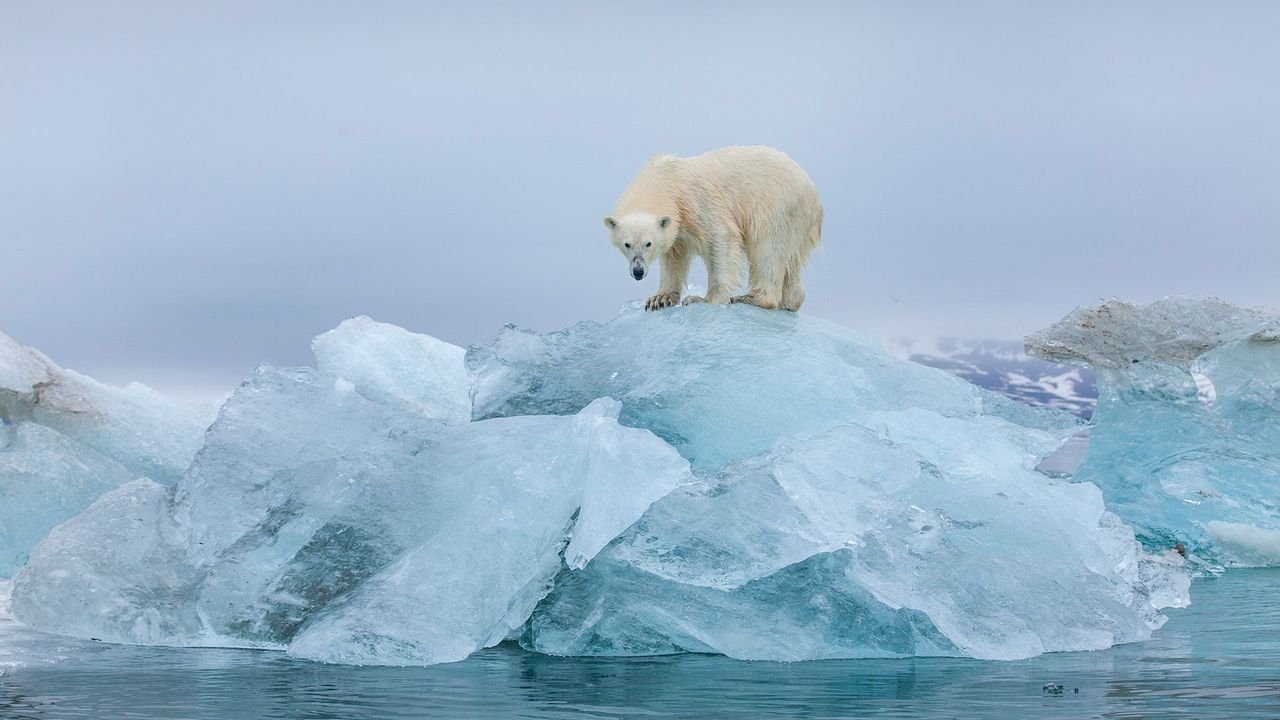Facing Vanishing Landscapes Through Ethical Last-Chance Tourism
French writer Cédric Duroux once stood on a mountain in Iceland, surrounded by scattered ice. A guide told him the entire area used to be a glacier. That powerful moment revealed the urgency of climate change and inspired him to explore ethical last-chance tourism — a way of visiting disappearing places responsibly.
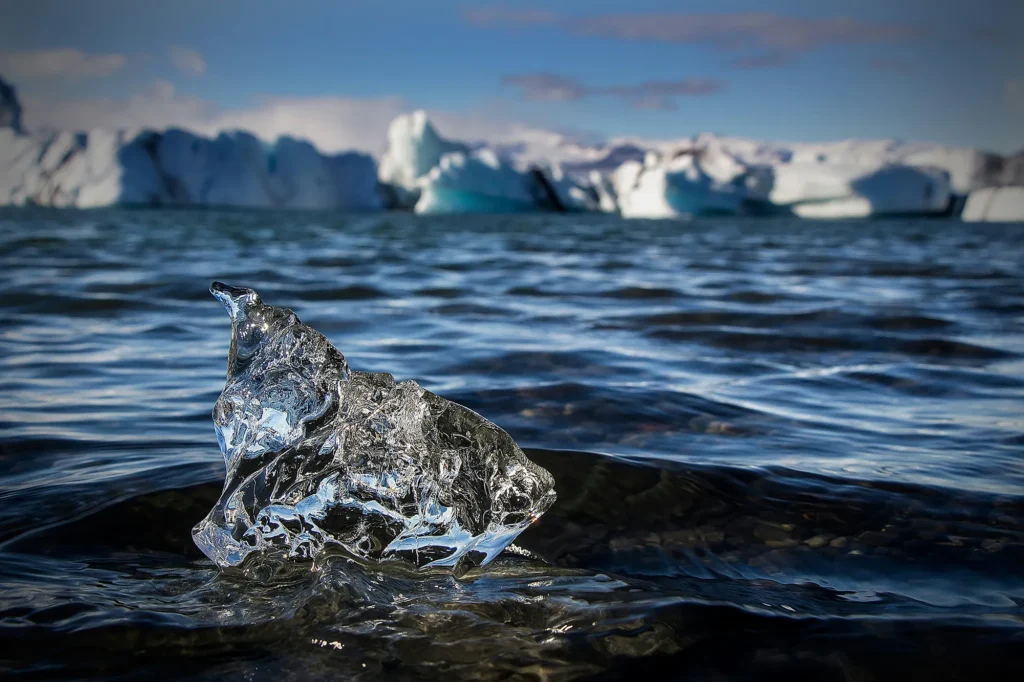
Duroux had joined a trip to Ok, once home to the Okjokull glacier. For him, the experience became a turning point – a personal connection to the loss of nature.
What Is Ethical Last-Chance Tourism and Why Does It Matter?
“Last-chance tourism” describes journeys to places that may soon disappear due to climate change. These include melting glaciers, sinking islands, or coral reefs at risk.
Critics warn that travelling long distances to fragile ecosystems can worsen their decline. Yet, supporters argue that if done responsibly, these trips can spark awareness and action.
Growing Demand for Ethical Last-Chance Tourism Destinations
Tourism has surged in vulnerable areas. Iceland, for example, now welcomes half a million visitors annually for glacier tours. Studies show nearly half of them come specifically to “see it before it melts.”
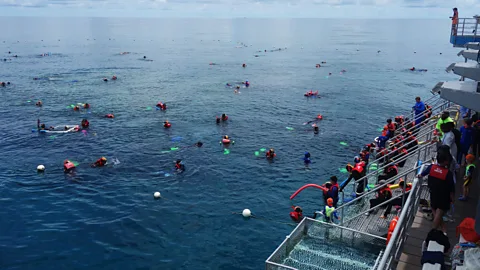
But mass tourism can harm the very places it seeks to celebrate. Coral reefs in Australia and Indonesia have suffered bleaching and damage. Venice struggles with overtourism, while Antarctica faces risks from invasive species.
The Emotional Side of Last-Chance Travel
Researchers highlight that travellers often feel a mix of joy and grief when visiting these sites. This “climate grief” can inspire stronger environmental awareness, but it does not always lead to long-term action.
Experts suggest that guides and park managers play a key role in helping tourists channel these emotions into positive change.
How to Travel Responsibly
To practise ethical last-chance tourism, travellers should ask three questions:
- Is my journey eco-friendly? Choose lower-carbon transport where possible.
- Will my activities cause harm? Pick tours that avoid damaging the environment.
- How can I help afterward? Support conservation efforts or join citizen science projects.
Case Study: Antarctica
Tourism in Antarctica has more than doubled since 2019. Expeditions are expensive and carbon-heavy, yet some companies reduce impacts.
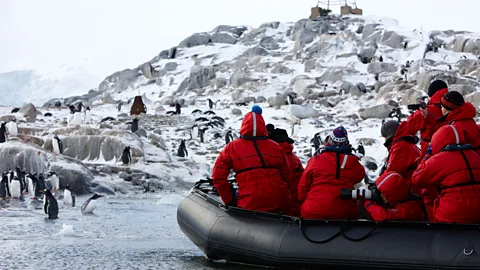
Guides recommend choosing operators in the International Association of Antarctica Tour Operators (IAATO). These groups limit landings, avoid stressed ecosystems, and encourage travellers to collect valuable scientific data.
Case Study: The Great Barrier Reef
In Australia, reef guides use tourism to educate visitors. Longer visits, with proper snorkelling or diving preparation, allow travellers to connect deeply with the reef.
Operators that employ marine biologists, monitor reefs weekly, and run citizen science projects make tourism more sustainable. Tourists can directly contribute to reef data collection.
Turning Grief into Action
Psychologists have documented “reef grief,” showing how even first-time visitors mourn the loss of coral. While sadness can be heavy, it can also motivate meaningful climate-friendly behaviour.
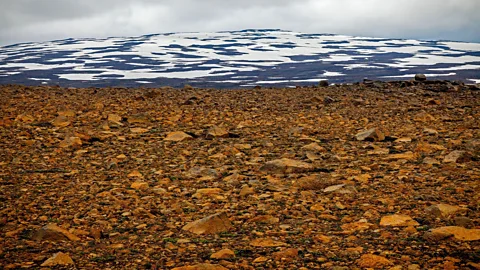
Duroux, inspired by Iceland, later organised a climate change festival in France. He believes emotional experiences should spark responsibility. “Feeling sad is not enough,” he explained. “We must act.”
